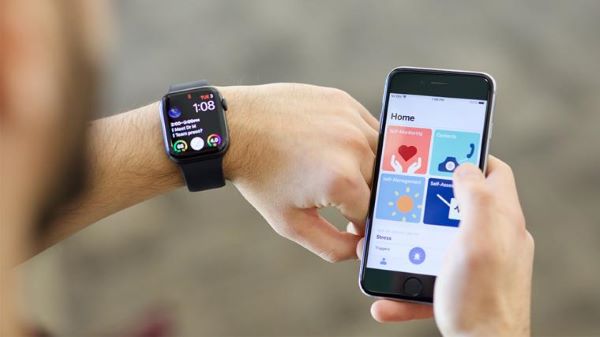Is tracked data changing consumer behavior?
By Aditya Abeysinghe
 From smartwatches to smart homes Internet of Things (IoT) changed the way consumers use day to day appliances. However, IoT also sends collected sensor and other data to vendors and other parties. These data are then analyzed and are used for advertising, test product usages etc. Data analyzed are also used to explore knowledge and wisdom on how consumer activities could be adjusted. This part of analysis and then changing consumer behavior on data generated from IoTs is called Internet of Behavior.
From smartwatches to smart homes Internet of Things (IoT) changed the way consumers use day to day appliances. However, IoT also sends collected sensor and other data to vendors and other parties. These data are then analyzed and are used for advertising, test product usages etc. Data analyzed are also used to explore knowledge and wisdom on how consumer activities could be adjusted. This part of analysis and then changing consumer behavior on data generated from IoTs is called Internet of Behavior.
Behavior is not only about how consumers perceive about an IoT device but also about the emotions, decisions and the mutual bond they link to a device. For example, a smartwatch can measure the miles a customer walks and health related aspects such as sleep monitors, blood pressure monitors. These data can be then analyzed and recommendations could be provided on how the behavior could be adjusted. For example, how the sleep and blood pressure are related, how exercises could be changed etc. These then affect the emotions of a customer and decisions are taken based on suggestions provided. The cycle of behaviors and behavior analysis continues and affects the link between the device and the user.
Does IoB create value?
Value chain analysis is used by companies to improve the workflow of their processes in the creation of products and services. According to Porter’s value chain analysis, there are five primary and four secondary activities in a value chain. Of these primary activities marketing and sales and service activities as well as technology development activity of secondary activities is affected by IoB. For example, take the smartwatch analyzing consumer exercise behavior. Consumers may be more inclined on how their daily jogging or workouts affect their health rather than just monitoring the sleep patterns and providing recommendations. If vendors are tracking this inclination of consumer behavior or attitudes, then they can target new device software that can track these metrics of consumers. This affects the technology development of the company. Their research could be adapted more on areas where consumers are concerned more. Once developed servicing of products coupled with marketing and sales provide consumers a better bond with their supplier. Therefore, companies gain value using IoB data generated.
Whether IoB creates value for users of a product is twofold. On one hand a customer might benefit on the suggestions provided on stats where they are more concerned about. On the other hand, they may be skeptical into believing what these suggestions mean and how they might affect their daily flows. Some suggestions could become nuisances to customers in a way that they stop using these devices. These suggestions may also have effects on consumer health, if used directly without proper guidance.

Privacy concerns on IoB
IoT devices generate data that are often opaque to the user. The user is shown only the stats that are necessary for their usage of the device. These hidden data could exploit the privacy of users who are using these devices. Vendors often sell their data to data analysts and big companies as a new mode of gaining profit. These data are then used by these big companies to show advertisements on their social media platforms or filter content to that user. This cycle causes both privacy exploitation as well as addiction of users to these products. The consumer behavior is changed and consumers are more and more searching for the content that they care. Therefore, IoB often results in exploitation of hidden data affecting the privacy and behavior of users.
Image Courtesy: https://tectales.com/







